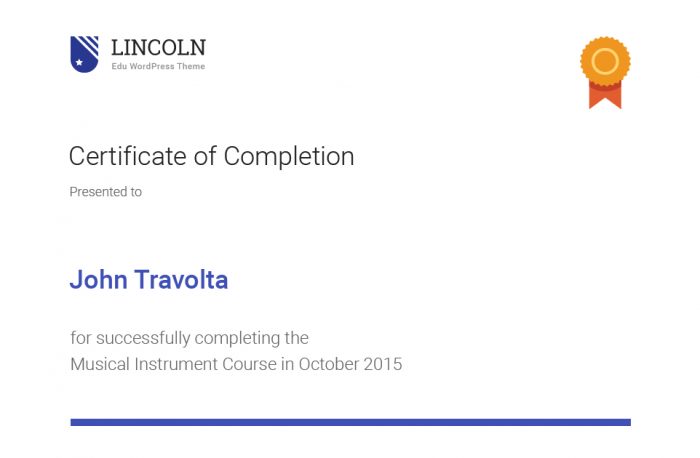Effective Co-Teaching Strategies
- Supportive Co-teaching – where the one member of the team takes the lead role and the other member rotates among students to provide support
- Parallel Co-teaching – where support personnel and the classroom teacher instruct different heterogeneous groups of students
- Complementary Co-teaching – where a member of the co-teaching team does something to supplement or complement the instruction provided by the other member of the team (e.g., models note taking on a transparency, paraphrases the other co-teacher’s statements)
- Team Teaching – where the members of the team co-teach along side one another and share responsibility for planning, teaching, and assessing the progress of all students in the class.






 You can also see this page by accessing our dedicated demo account for customers.
Detailed account information:
You can also see this page by accessing our dedicated demo account for customers.
Detailed account information: